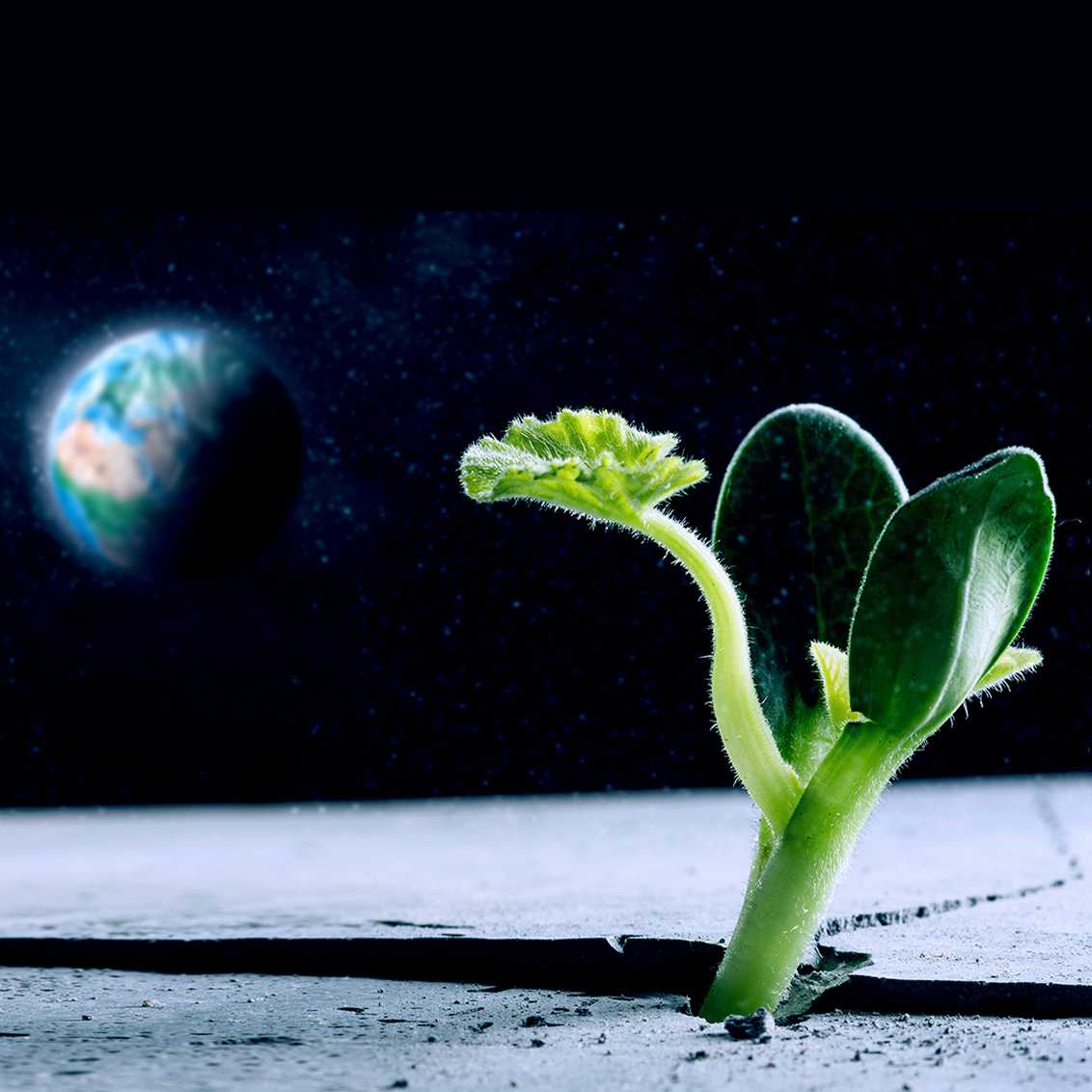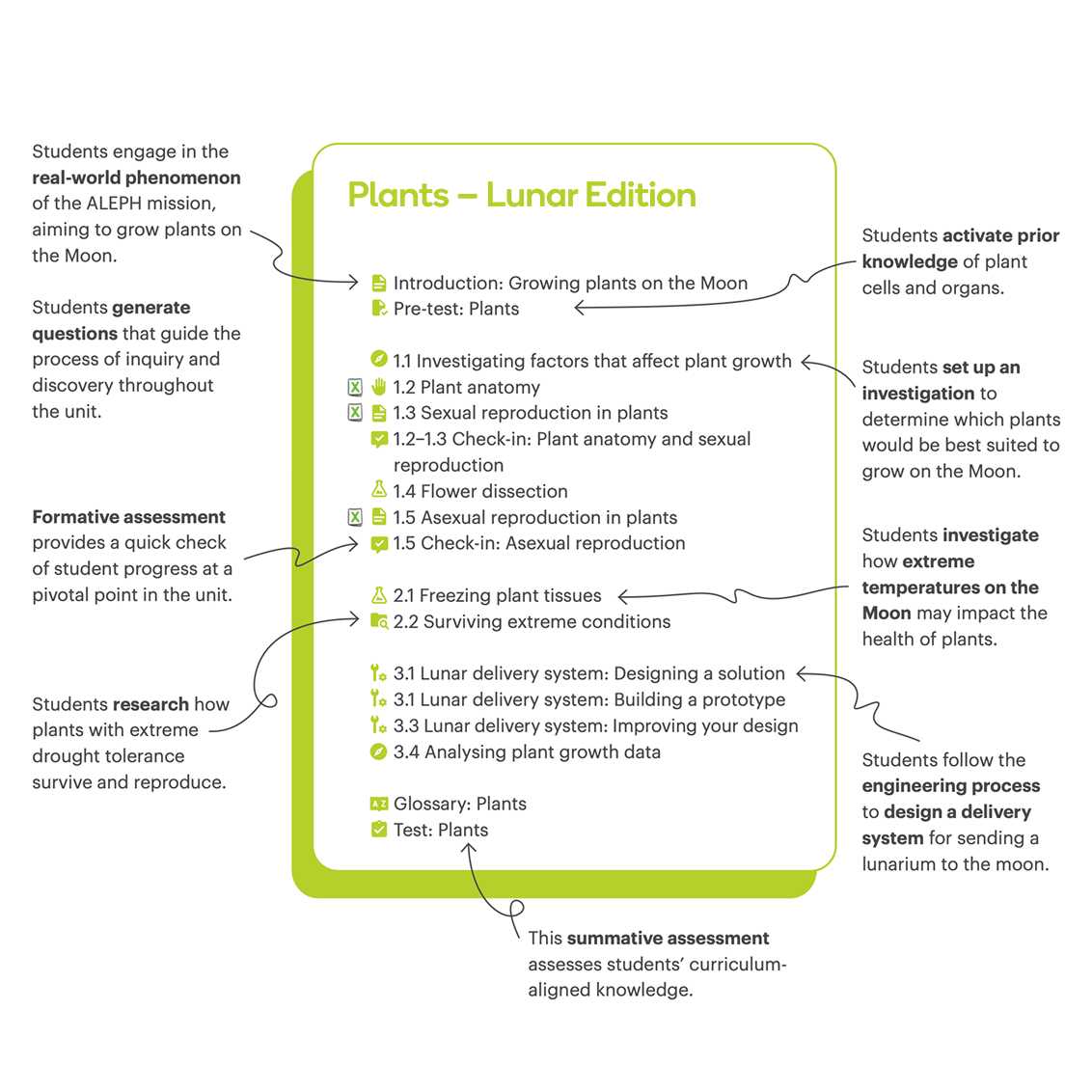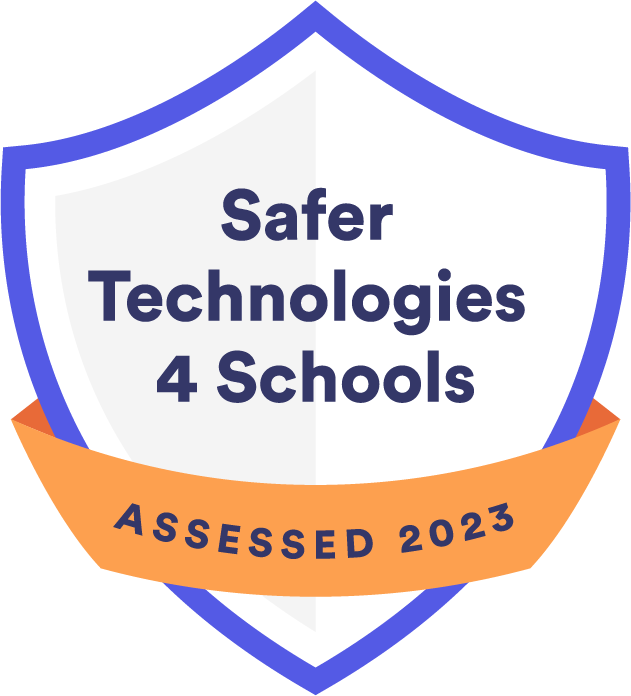Can your students help us grow plants on the Moon?
In 2026, Australia will send its first living biology experiment to the Moon and your students can help decide which plants make the journey.
Join the national Moon mission
Welcome to Plants: Lunar Edition: a full science unit that transforms your classroom into mission control. Students will investigate plant biology, engineer lunar landing systems, and contribute real data to help Lunaria One scientists select the seeds sent aboard the ALEPH lunar mission.

A living Moon experiment
In early 2026, ALEPH will send a payload to a Moon-bound lander, to test whether plants can survive and grow in lunar conditions. The seeds must survive intense G-forces during launch, the deep freeze of space travel, and the hostile lunar surface—no air, no water, no pollinators.
To prepare, Lunaria One is enlisting Australian students to run the experiment Earth-side — learning plant biology, testing sustainability strategies, and using real data to help decide which seeds are sent.
Your students take on the challenge, bringing together biological science, data analysis, and engineering design. The classroom becomes a launchpad: part lab, part engineering studio, part mission control as they:

Test seed resilience
to heat, cold, drought, and darkness
Examine frozen cells
of various plants under the microscope
Build a Lunarium
— a protective, self-watering landing device
Contribute data
to a national citizen science portal, shared with Lunaria OneEvery result contributes to a real scientific decision:
Which seeds will survive the journey to the Moon?
What will happen in your classroom
Turn Lunaria Ones 2026 mission into a powerful Depth Study.
Give your students the chance to contribute to a real lunar mission—one backed by the Australian Space Agency and supported by NASA’s Artemis Accords.
With Plants: Lunar Edition, you’ll get everything you need to run a rigorous, hands-on science unit that blends biology, engineering, and inquiry-based learning.
Sign up and get access to:
- A complete, ready to teach curriculum-aligned unit
- Ready-to-run experiments, assessments, and teaching resources
- A classroom-tested data collection platform connected to Lunaria One’s 2026 Moon mission
- A national citizen science project linked to Lunaria One’s 2026 Moon mission

Everything you need, ready to teach
This unit is fully resourced, curriculum-aligned, and designed to help teachers deliver rigorous, engaging science with minimal prep.
What’s included:
- Lesson plans, teaching notes, and assessments
- Student workbooks, lab guides, and videos
- Hands-on experiments and project-based learning
- Built-in tools for class-wide data analysis
Meet the experts behind the mission
At the heart of the ALEPH mission are three remarkable women. Bringing together their interdisciplinary expertise, they’ve worked closely with Stile to bring the journey behind the lessons to life.
Their voices and insights will guide the journey, giving students a real connection to the people behind the mission.

Lauren Fell
Director,
Lunaria One
“This mission is about more than science—it’s about inspiring the next generation of space researchers.”

Dr Tien Hunyh
Plant Biologist,
RMIT
“Understanding plant resilience in space will help unlock future food sources beyond Earth.”

Siena Zubcic
Mechanical Systems Engineer,
Lunar Outpost Oceania
“We’re designing the systems that will allow plants to grow in one of the harshest environments—space.”
Hear from the team making it happen
Hear from our teachers
Bring the mission to your classroom
Sign up for free access to Stile’s Plants: Lunar Edition.
We’ll send everything you need to get started, with simple steps to guide you through.
The countdown to launch starts now.
